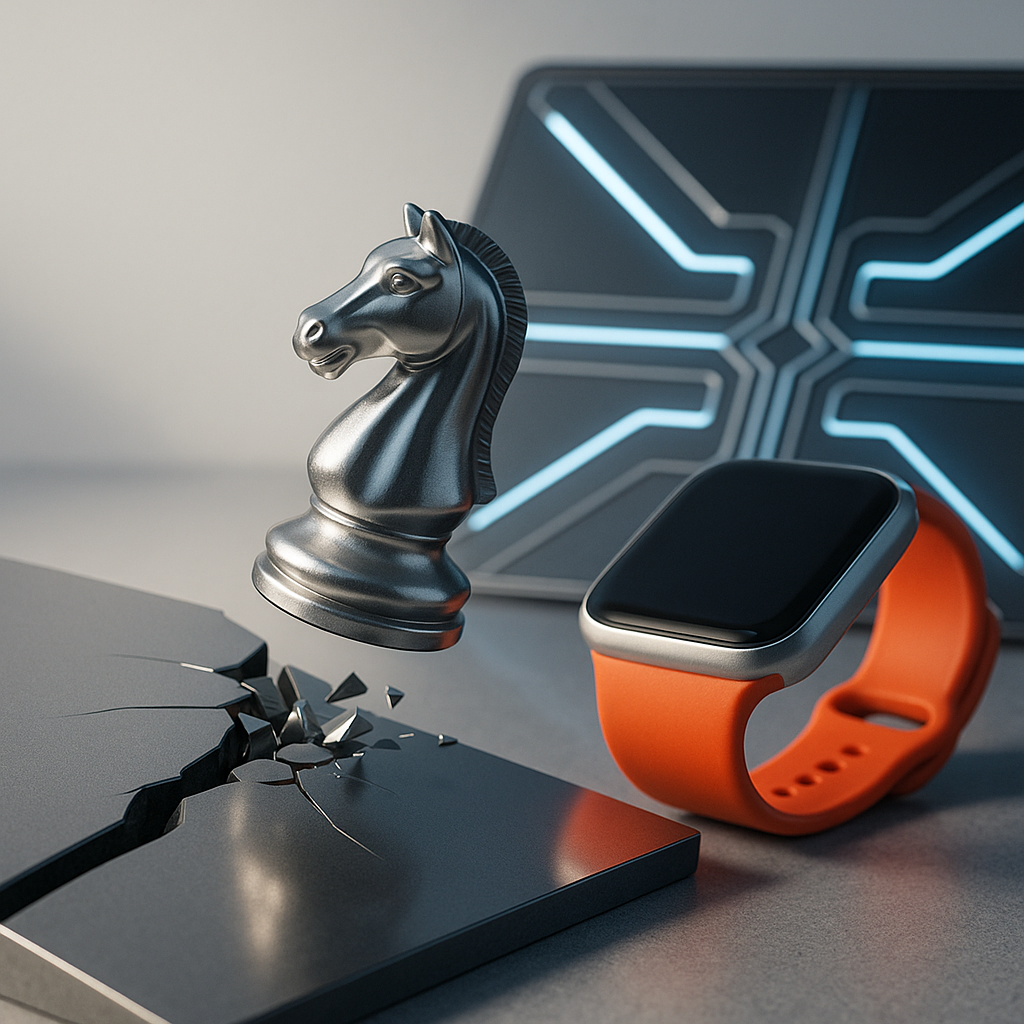Quantum Leap: Millisecond Qubits, Helios, and DARPA's Benchmarking Push
Published Nov 12, 2025
In early November 2025 three coordinated advances shifted the quantum-computing landscape: on Nov 5 Princeton reported 2D transmon qubits with coherence >1 millisecond and 99.994% single-qubit fidelity using tantalum on high-resistivity silicon; on Nov 5 Quantinuum unveiled Helios, a 98‐qubit ion‐trap system with a 2:1 physical-to-logical ratio (48 logical qubits), 99.9975% single‐qubit fidelity and 99.921% two‐qubit fidelity, available via cloud and slated for installation in Singapore in 2026 alongside a new Python-embedded language for real‐time error correction; and on Nov 7 DARPA advanced 11 companies to Stage B of its Quantum Benchmarking Initiative (targeting utility-scale operation by 2033), including QuEra which may receive up to $15M for a 12‐month R&D plan. Together these developments make practical quantum error correction and scaling materially more achievable; Stage B work and Helios deployments are the immediate next steps.
